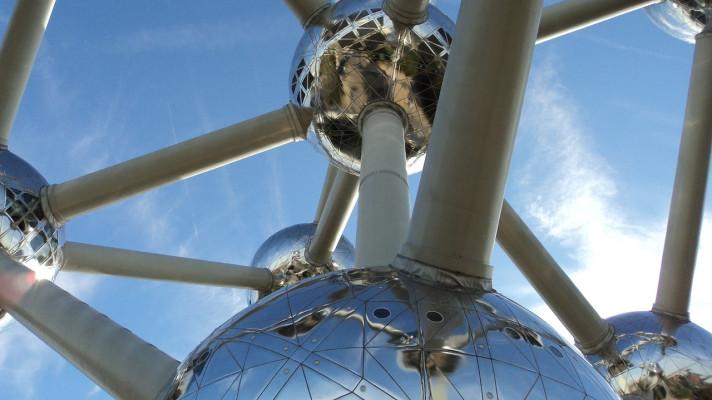Protecting wildlife from radioactivity - ERICA in a real-world situation
Researchers have demonstrated how the ERICA Integrated Approach can be used to assess the effect of releasing radiation into the environment on local wildlife in a real-world situation. The study applied ERICA to a river in Norway and found that local wildlife was only exposed to low levels of radioactivity from the routine aquatic discharges of a nearby research reactor, although historical exposure was higher.
Until recently, international regulation required organisations releasing radioactive materials into the environment to ensure that they posed no threat to people living nearby. This included the assumption that if people were protected, then wildlife would also be protected. However, opinion has recently changed, and the International Commission on Radiological Protection (ICRP) is drawing up guidance on protecting the environment based on the condition of reference species of plants and animals.
The ERICA Integrated Approach, developed with EU funding1, is an environmental impact assessment methodology which works by comparing the level of radiation exposure experienced by various groups of reference organisms (e.g. benthic fish, mammals, or phytoplankton) to a screening level below which the radioactivity is likely to have no effect. If the exposure received by the reference organisms exceeds the screening level, the area is flagged for detailed assessment. To test how it functioned in a real-world scenario, the researchers examined the plants and animals in a section of the Nitelva River, which receives routine discharges of radiation from a research facility.
For the Nitelva River, the researchers found that exposures for all of the reference organisms were less than 1 uGy (microgray) per hour. This was below the 10 uGy per hour screening level, so no further action was needed. The researchers also looked at historical data: exposure levels in 1969 exceeded ERICA's screening level, suggesting that more detailed analysis would have been required to establish whether the radioactivity posed an environmental risk.
These findings suggest that ERICA is a 'useful, flexible and relatively robust system'. However, the study also identified two weaknesses. Firstly, some reference organisms, such as mammals and amphibians, are more sensitive to radiation than others, such as invertebrates, so a low screening level could over-protect resistant groups. This is difficult to address, as it is not possible to use species-specific screening levels as the sensitivity of many species is currently unknown. The researchers therefore recommend addressing the limitations of ERICA on a case-by-case basis.
Secondly, the analysis assumed that organisms were 100 metres from the discharge point. In reality, many organisms move up- and down-stream and, in the Nitelva River, the level of radioactive contamination fell dramatically further from the discharge point. ERICA cannot currently take account of these spatial changes so the researchers recommend that the procedure used by the US Department of Energy (A Graded Approach for Evaluating Radiation Doses to Aquatic and Terrestrial Biota2) could be adapted for cases where radiation exposure levels are high.
- ERICA (Environmental Risk from Ionising Contaminants: Assessment and Management) was supported by the European Commission under the Sixth Framework Programme. See: https://wiki.ceh.ac.uk/display/rpemain/ERICA+Tool
- Introduced in 2002. Download technical specifications from here: http://web.ead.anl.gov/resrad/documents/download_techstandard.cfm
Contact: justin.brown@nrpa.no
